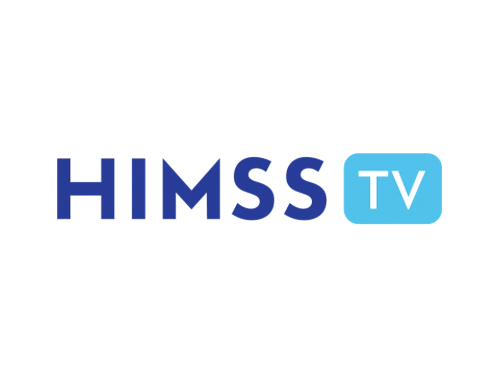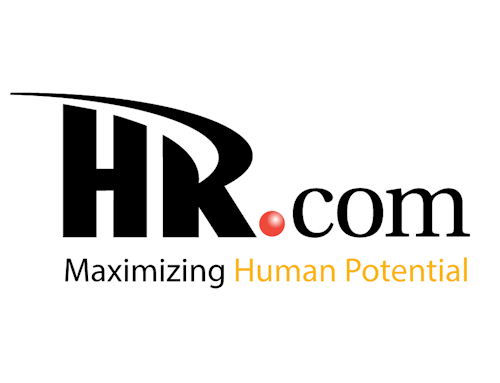Posted by INSIDE Public Accounting | Aug 1, 2023 | Articles, Featured, Firm Management, Technology

When it comes to technological advances, accountants tend to be followers, not leaders. Their natural skepticism and risk-averse mindset, which is appropriate when it comes to client data, led firms to walk slowly toward cloud accounting. Very slowly.
But one tech leader believes resistance will melt away more quickly when it comes to artificial intelligence, which holds the promise of speeding up mundane tasks while improving recruitment, retention and client experience. Nevertheless, some firms are still grappling with the basics.
“I think there’s been this discussion in the industry for a long time around automation and saving time, but we still see a lot of firms mired in paper and manual processes,” says John McGowan, CEO of HubSync, a software company that automates tax and accounting processes from engagement letter to tax return delivery. “The needle hasn’t moved as much as everyone would like it to, but I think this is a needle-moving type of technology that is really going to help these firms transform in the next five years.”
McGowan, who once worked as PIC of tax technology at Deloitte and global CIO of KPMG, recently connected with INSIDE Public Accounting to talk about the transformation possibilities, noting that the Big 4 are moving fast, making announcements seemingly weekly on investments into the technology and partnerships with Microsoft to keep data private and secure through its Azure cloud computing program. “I definitely think you see them moving out in front in this area, but I think the market will eventually catch up.”
The biggest frustration for firms is what McGowan calls data wrangling – collecting documents from clients, such as W2s or trial balances, and inputting them into the system. McGowan foresees firms improving efficiency by moving beyond traditional Optical Character Recognition (OCR), which involves converting scanned tax documents into a machine-readable format, to the more accurate and advanced data extraction of Intelligent Document Processing (IDP).
Automating tax and audit processes can lead to improved retention as well. “These people do not want to come out of college and be mapping trial balances, that’s just not what they want to be doing. They want to be advisors to their clients.”
He adds, “We’ve had some firms tell us that people have gotten so frustrated that they’ve quit the firm. They’re not quitting and going to another firm, they’re quitting the industry – that’s how acute the problem is.”
Another promise of generative AI for firms is the prospect of making themselves more accessible to clients. He notes that firms can have four or five portals or systems for clients to input data or interact with the firm, yet they’d prefer “a single pane of glass” into their information. It’s also attractive to employees, who won’t have to navigate 10 applications, 10 windows on their screen and four monitors to do their jobs, he says.
HubSync is working on incorporating natural language processing into its platform so that users can type a question into a dashboard such as, “Show me what my tax liability is going to be next year?” The dashboard would provide user-friendly information and visuals.
Still, McGowan does not believe AI tools will end up pushing tax or audit professionals out of their jobs. “Humans are still going to need to be involved to validate. At this stage you’re not going to have a tax return that will be automatically prepared.” Even with large language models you still need humans in the loop, he says, but there’s still a big opportunity to take hours out of the equation with AI.
“Down the road I am extremely bullish on search, document management, analytics, data wrangling … all of these areas are huge pain points in the industry. I think you’re going to continue to see things evolve and accelerate in a significant way, and firms are going to be able to utilize this technology to really just change the digital interaction with the client, be more effective and help with the talent situation.”





